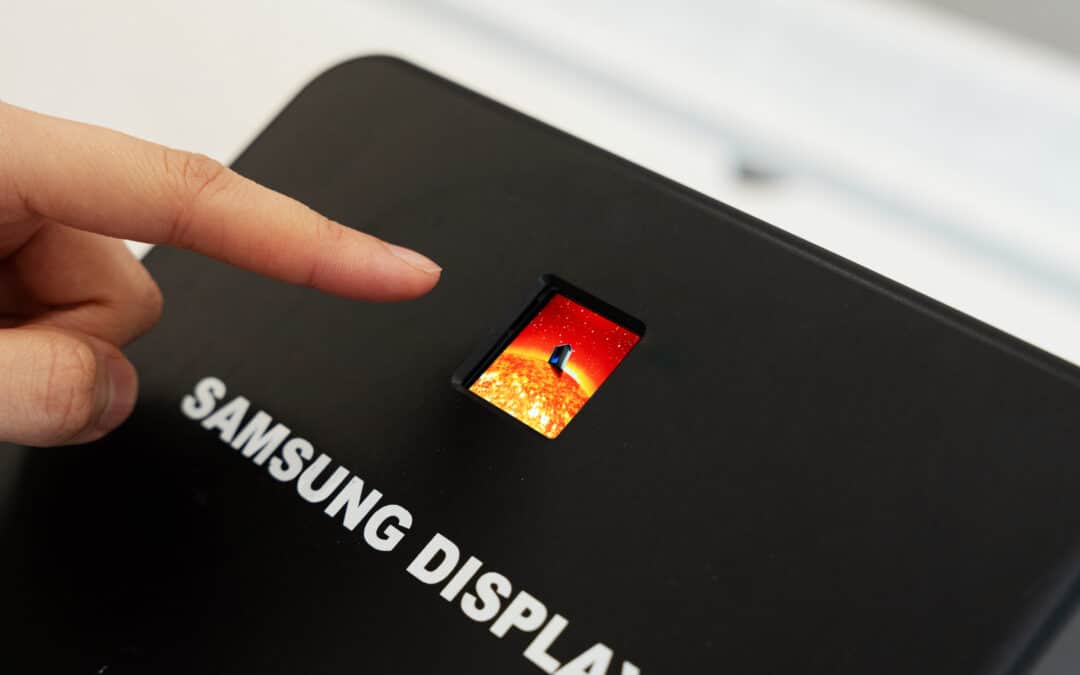It looks like Samsung will commercialize its next-generation Exynos 2600 chip, built on a 2nm process, on time. Last month, a report suggested that its 2nm process has exceeded 40% yield. Now, Korean media Munhwa reports that Samsung has further improved its 2nm yield to nearly 50%. A timely mass production of the Exynos 2600 would allow Samsung to ship it inside the Galaxy S26 series.
Samsung’s next-generation Exynos 2600 chip is closer to reality
After facing setbacks with its 3nm Exynos 2500, Samsung has been trying hard to improve the yield of its 2nm process. Despite being the first to start mass production, it failed to secure customers for its 3nm chips due to low yields. The company now wants to avoid repeating its past mistake and has adopted several new strategies in its semiconductor business.
As mentioned above, the current yield of Samsung’s 2nm process is within the range of 40–50%. The report says that for stable mass production, yields normally need to exceed 60%. However, considering the fact that the 2nm yield has been improving month by month, it is possible that the 60% yield could be reached in the coming months.
There are reports that Samsung will use the Exynos 2600 in the Galaxy S26 series, which could launch in early 2026. If true, the Korean firm will have to stabilize its 2nm process as quickly as possible so that it can start mass production as per its initial plan (November 2025).
Meanwhile, industry leader TSMC is making fast progress with its 2nm process, which puts pressure on Samsung. TSMC’s 2nm yield has already exceeded 60%, and is reportedly planning to start mass production of 2nm semiconductors in the fourth quarter of this year.
Samsung uses GAA technology in its 2nm process
“Samsung Electronics’ 2nm process is a key task that will determine the future direction of its foundry business,” an industry insider told the publication. However, Samsung has an advantage as it was the first company to use Gate-All-Around (GAA) technology in its 3nm process — TSMC used the FinFET architecture for its 3nm chips.
The Taiwanese firm is finally upgrading to the GAA architecture for its 2nm process. Since Samsung has experience with this process — having developed products on it for the past couple of years — it has a theoretical advantage over its arch-rival. Only time will tell if the firm can make this advantage count and get its struggling semiconductor business back on track in the 2nm era.






